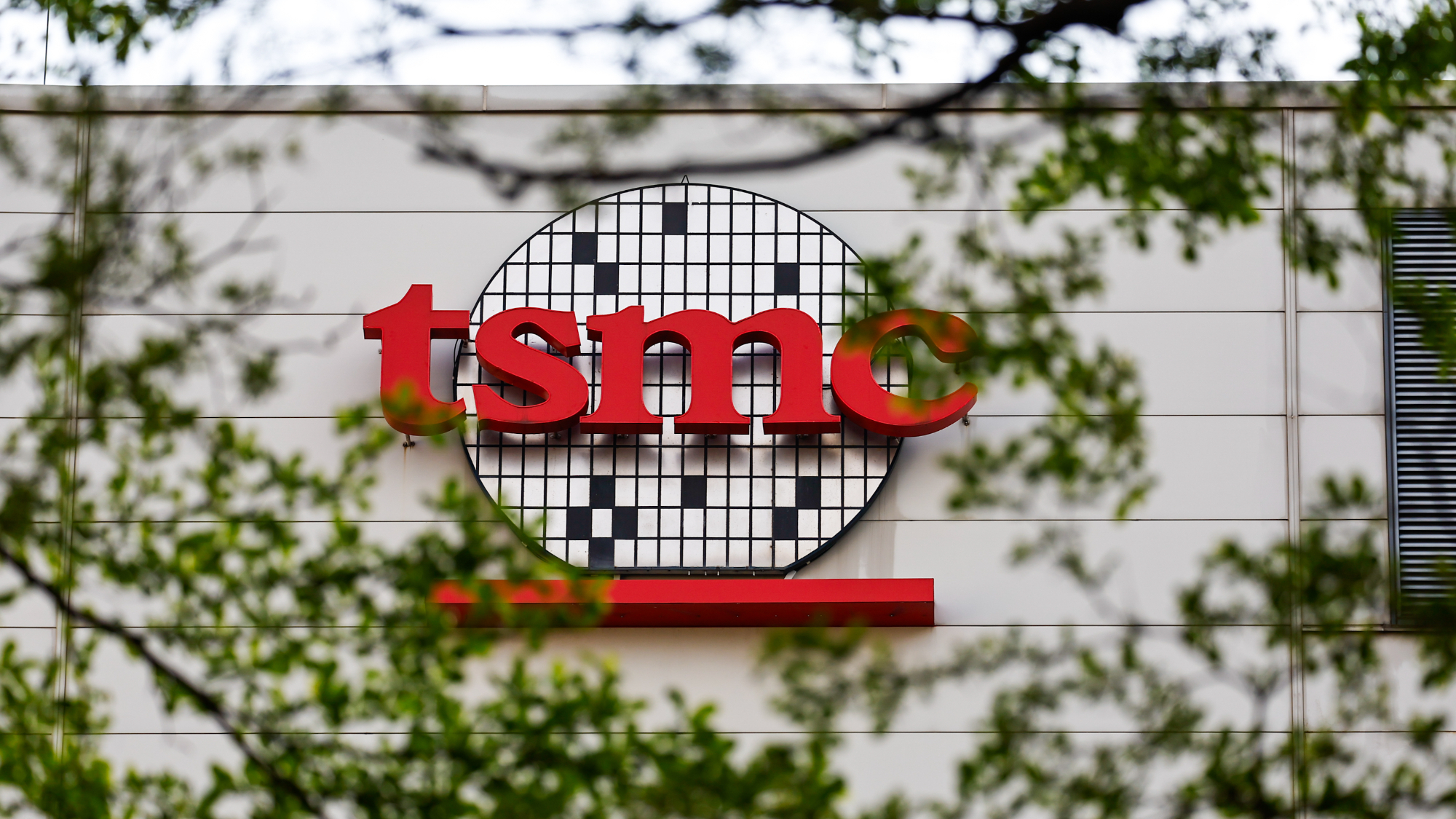I just completed watching Google’s special hardware event and wanted to share my high-level, industry analyst take on it.
Google Assistant
Everything Google showed on-stage was very compelling, but as we have seen with most claims in intelligent assistants, rarely if ever have they lived up to the hype. Until consumers can truly… Read More
 Why TSMC is Known as the Trusted FoundryTaiwan Semiconductor Manufacturing Company (TSMC) is widely regarded…Read More
Why TSMC is Known as the Trusted FoundryTaiwan Semiconductor Manufacturing Company (TSMC) is widely regarded…Read More Journey Back to 1981: David Patterson Recounts the Birth of RISC and Its Legacy in RISC-VIn a warmly received keynote at the RISC-V…Read More
Journey Back to 1981: David Patterson Recounts the Birth of RISC and Its Legacy in RISC-VIn a warmly received keynote at the RISC-V…Read More Assertion-First Hardware Design and Formal Verification ServicesGenerative AI has transformed software development, enabling entire…Read More
Assertion-First Hardware Design and Formal Verification ServicesGenerative AI has transformed software development, enabling entire…Read More TSMC's Customized Technical Documentation Platform Enhances Customer ExperienceTaiwan Semiconductor Manufacturing Company, the world's leading dedicated…Read More
TSMC's Customized Technical Documentation Platform Enhances Customer ExperienceTaiwan Semiconductor Manufacturing Company, the world's leading dedicated…Read MoreUber: From Ride Hail to Blackmail
The U.S. State of Maryland is in the midst of a confrontation with Uber over fingerprints. Maryland wants Uber (and Lyft) to collect the fingerprints of its drivers as part of its background check process. Uber does not want to do so and is threatening to leave the state.
In the run up to a Maryland Public Service Commission hearing … Read More
These 6 new technology rules will govern our future
Technology is advancing so rapidly that we will experience radical changes in society not only in our lifetimes but in the coming years. We have already begun to see ways in which computing, sensors, artificial intelligence and genomics are reshaping entire industries and our daily lives. As we undergo this rapid change, many … Read More
Bringing the Semiconductor IP Community Together!
Next week is the first REUSE Semiconductor IP Tradeshow and Conference at the Computer History Museum in Silicon Valley. The presentation abstracts are up now and there are a few I want to highlight as they are companies that we work with on SemiWiki.… Read More
Cadence Design Secures Photonic Beachhead
I had the privilege to attend a five-day PIC (photonic integrated circuit) training hosted by 7-Penniesand Tektronix in San Jose, CA this week. This training was quite comprehensive and covered photonic materials and platforms, design automation, fabrication, packaging and test. It also included invited talks from photonic… Read More
AMAT LRCX and EUV Economics
Lam & Applied talked about “sustainable” growth Both expect share gains & growth in a flattish market. We examine the “new, lower, cyclicality”. Although Applied and Lam are fierce competitors , coming at things from different directions, they sounded awfully similar last week.
… Read More
ATPG, Automotive and 7nm FinFET
The state of Texas hosted two or our industry’s big technical conferences and trade shows this year: DAC and ITC (International Test Conference). IC designers know about DAC in Austin, and test engineers know about ITC in Dallas. I travelled to Austin to cover DAC this past summer, and I was able to connect with Robert Ruiz … Read More
Autonomous Driving, Let’s Be Realistic!
Last week I have attended to the webinar from CEVA ““Challenges of Vision Based Autonomous Driving & Facilitation of An Embedded Neural Network Platform” and I loved that I have heard and seen. For the first time since I read about autonomous driving, I have seen a realistic roadmap and not a geek’s fantasy, suggesting that you… Read More
IoT Tech from Iowa
When you see Iowa and IoT in a title, you probably think of agricultural applications and Iowa as a consumer. In fact, they have their own pretty active tech development culture especially around Des Moines. Certainly some of this is focused on agtech, but there are also players in fintech, payment tech, health-tech, business automation,… Read More
Mentor DefectSim Seen as Breakthrough for AMS Test
For decades, digital test has been fully automated including methodologies and automation for test pattern generation, grading and test time compression. Automation for analog and mixed-signal (AMS) IC test has not however kept pace. This is troubling as according to IBSapproximately 85% of SoC design starts are now AMS designs.… Read More





Quantum Computing Technologies and Challenges